The Schools’ Collection
Approximately 740,000 pages (288,000 pages in the pupils’ original exercise books; 451,000 pages in bound volumes) of folklore and local tradition were compiled by pupils from 5,000 primary schools in the Irish Free State between 1937 and 1939.
This collecting scheme was initiated by the Irish Folklore Commission, under the direction of Séamus Ó Duilearga and Séan Ó Súilleabháin, Honorary Director and Registrar of the Commission respectively, and was heavily dependent on the cooperation of the Department of Education and the Irish National Teachers’ Organization. It was originally to run from 1937 to 1938 but was extended to 1939 in specific cases. For the duration of the project, more than 50,000 schoolchildren from 5,000 schools in the 26 counties of the Irish Free State were enlisted to collect folklore in their home districts. This included oral history, topographical information, folktales and legends, riddles and proverbs, games and pastimes, trades and crafts. The children recorded this material from their parents, grandparents, and neighbours.
The scheme resulted in the creation of over half a million manuscript pages, generally referred to as ‘Bailiúchán na Scol’ or ‘The Schools’ Collection’.
There are 1,128 volumes, numbered and bound, in the Collection. A title page prefaces each school, giving the name of the school, the parish, the barony, the county and the teacher. A further collection of approximately 40,000 of the children’s original copybooks are stored at the NFC
The Dúchas project has the following objective:
“The objective of the project is to initiate the digitization of the National Folklore Collection (NFC)”

Prizon School Collection

From the information we have to date about 15 Pupils including their teacher Mary O'Doherty took part in submitting their local stories. They spoke to over 50 locals who told their tales and memories. It is our hope that we can gather all these stories together and preserve the past of the the lives of those that life in the town of Balla, and surrounding areas. Below I have created link to the stories we have managed to gather to date by the each pupil. This will be updated as time goes on.
The boys used to make toas - Toas is local slang for marbles.
Informant : Patrick Reilly age 87
The last week of Lent is a week for great prayer and devotion because it is the week of Our Lord's crucifixion. Easter is a time of rejoicing for His Resurrection from the dead.
In my grand-father's time they used to make wooden spoons for Easter Sunday out of wood
Tradition and believes around some of the festivals that occur around the year.
COLLECTOR: Mary A. O' Doherty, female
INFORMANT: Patsy Ansbro; Gender; male, Age; 84, Tawnagh More, Co. Mayo
On Easter Sunday morning we first go to Mass. when we come home we have our breakfast. We make a fire, and we make tea and we have sweet-cakes and eggs in a field if the day is fine.
On St. Patrick's day all the girls wear blue ribbons and the boys gather sham-rock for their jackets.
St Stephen’s day is a happy day for all the boys. It falls in the 26th December.
The night before the boys go out with lamps searching for wrens.
About 96 years ago there was a great famine in Ireland. The potatoes and all the crops rotted. The people were starving and dying with the hunger.
INFORMANT: Mr Ruane, Age 48, Tawnagh More, Co. Mayo
About twenty years ago every farmer in this district had a lime kiln. This was a hole dug int the ground and built with stones.
INFORMANT: William Ruane, Age 50, Tawnagh More, Co. Mayo
The marriage of my uncle and aunt took place a year ago in the parish of Balla, in the month of April. They had 4 motorcars and thirty of the nearest relations with them.
INFORMANT: Mrs Ruane, Age 50, Tawnagh More, Co. Mayo
These are the names of the tinkers most common in the Parish of Straide, in the Barony of Gallen, in the town land of Tavanagh, Co; Mayo.
INFORMANT: Mrs Ruane, Age 47, Tawnagh More, Co. Mayo
Potatoes are the most common crop the farmers grow round this district in the village of Tavanaghmore, Parish of Straide in the Barony of Gallen.
INFORMANT: Mrs Ruane, Age 50, Tawnagh More, Co. Mayo
My home district is in the Parish of Straide the Barony of Gallen the town land of Tabhanachmóre Co;Mayo.
COLLECTOR: Margaret Ruane, Tawnagh More, Co. Mayo
Three drops out of a trout's mouth, or the ferrets leavings will cure whooping cough.
INFORMANT: Annie Kelly, Address, Prison North, Co. Mayo
One night there were two boys coming home from visiting. It was about twelve o'clock. They heard lovely music inside; they listened for a while and they began to dance. When they started they could not stop until the cock crew in the morning. After that they were the best dancers in the country. INFORMANT: John Kelly, Address, Prison North, Co. Mayo
The following are the names of the birds most frequently found in Prison.
COLLECTOR: Mary Kate Kelly, Address: Prison North, Co. Mayo
Approximately 740,000 pages (288,000 pages in the pupils’ original exercise books; 451,000 pages in bound volumes) of folklore and local tradition were compiled by pupils from 5,000 primary schools in the Irish Free State between 1937 and 1939.
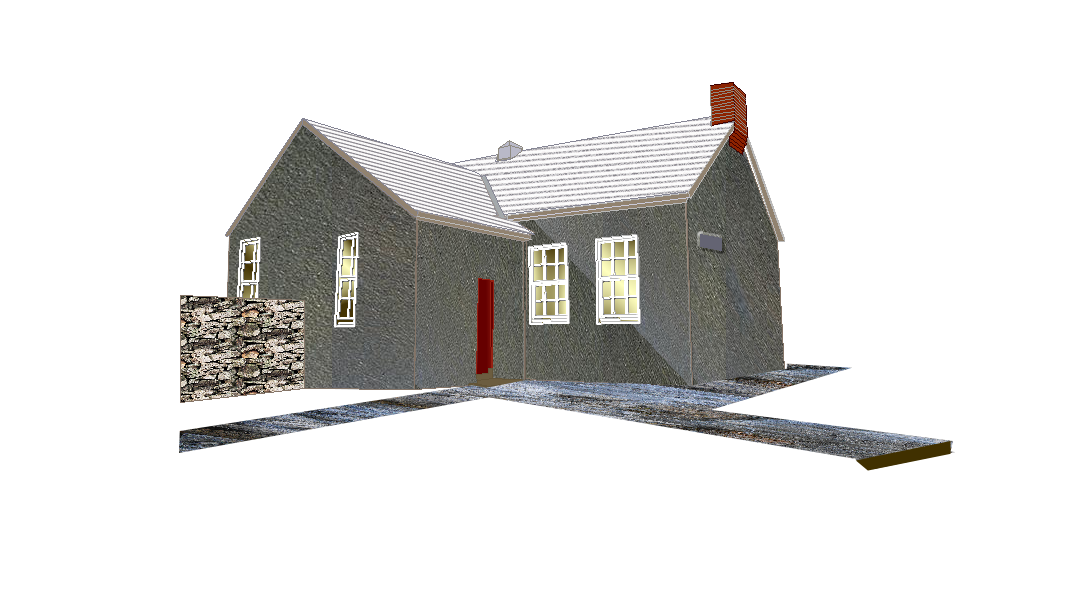



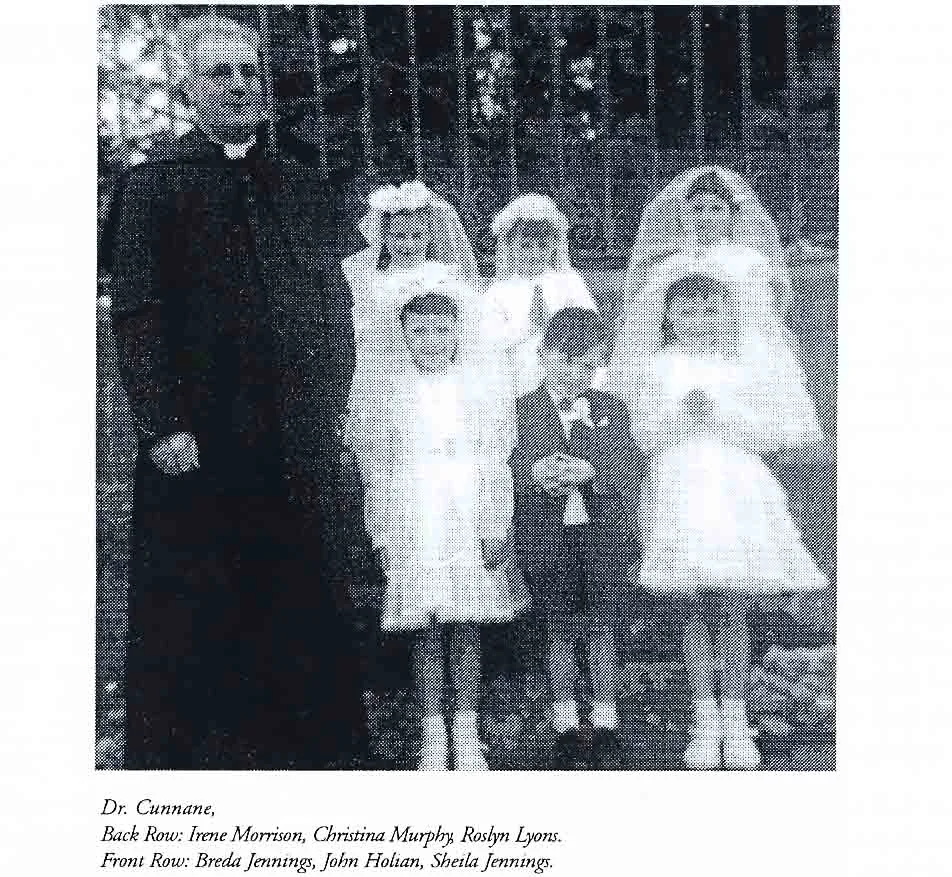




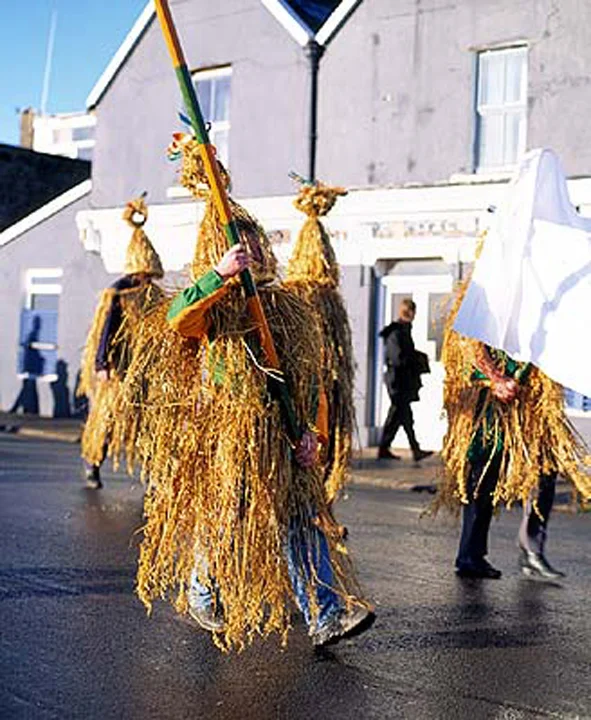





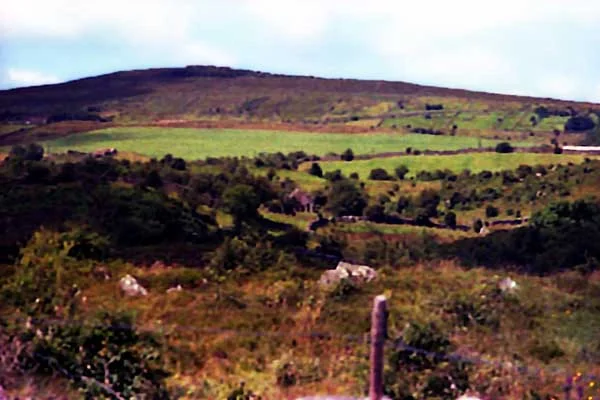





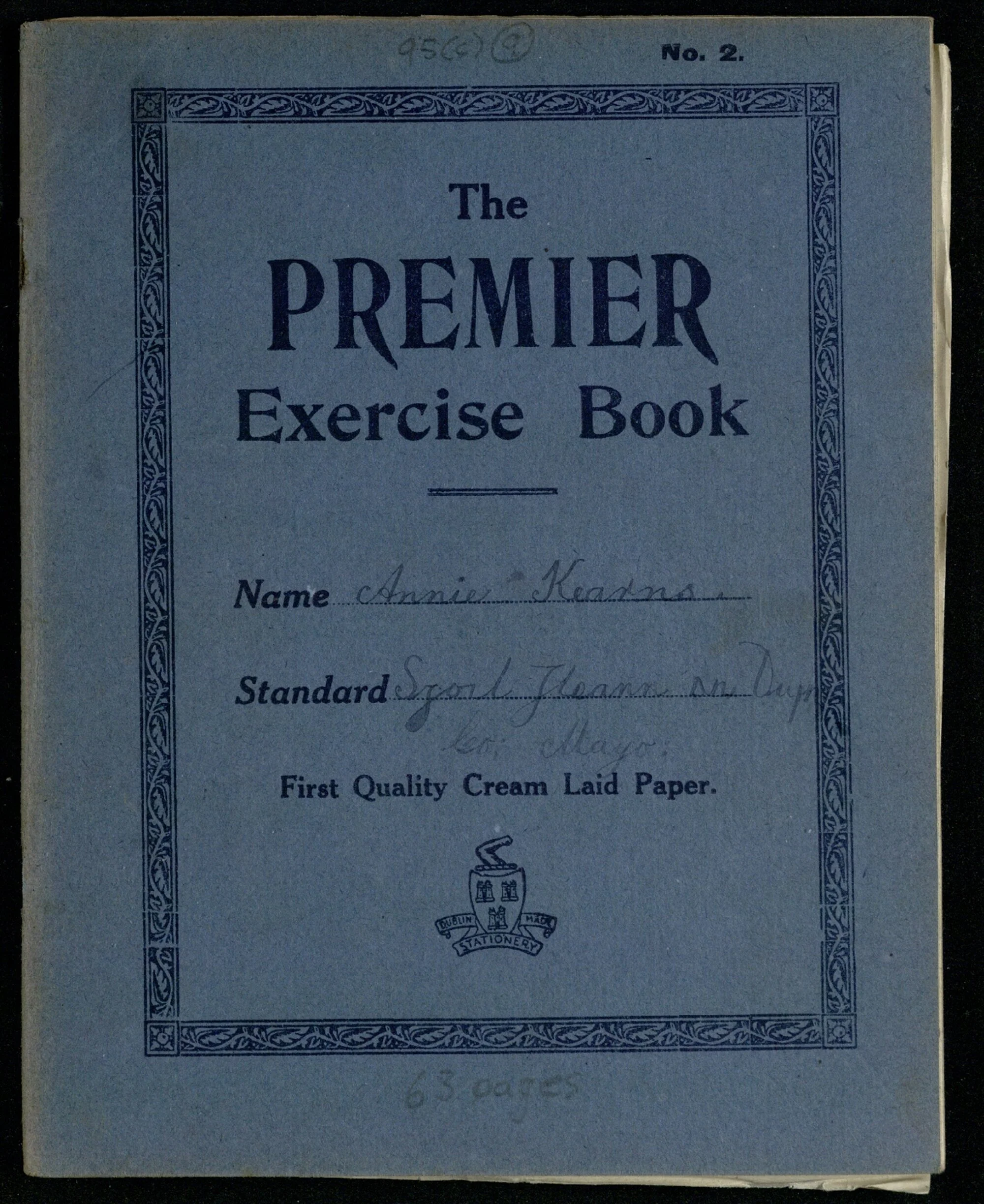
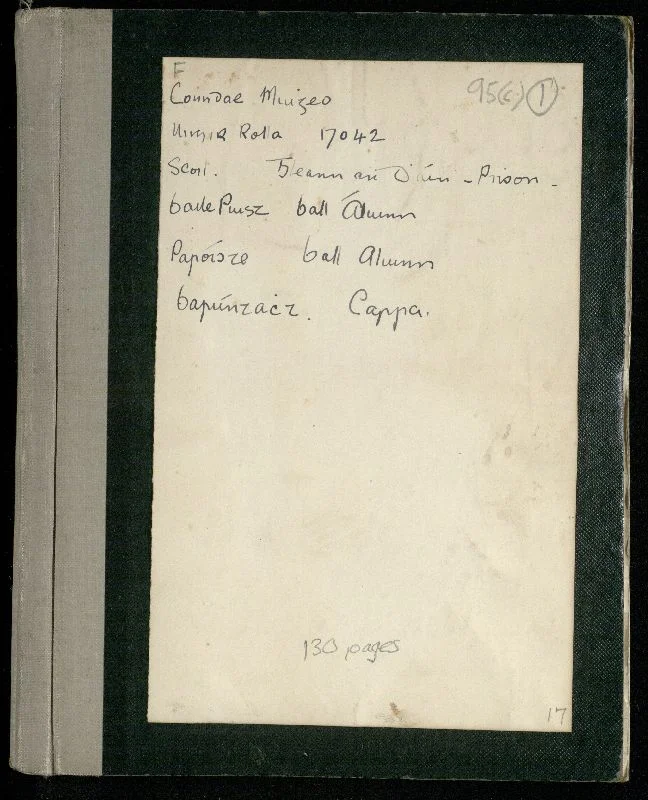






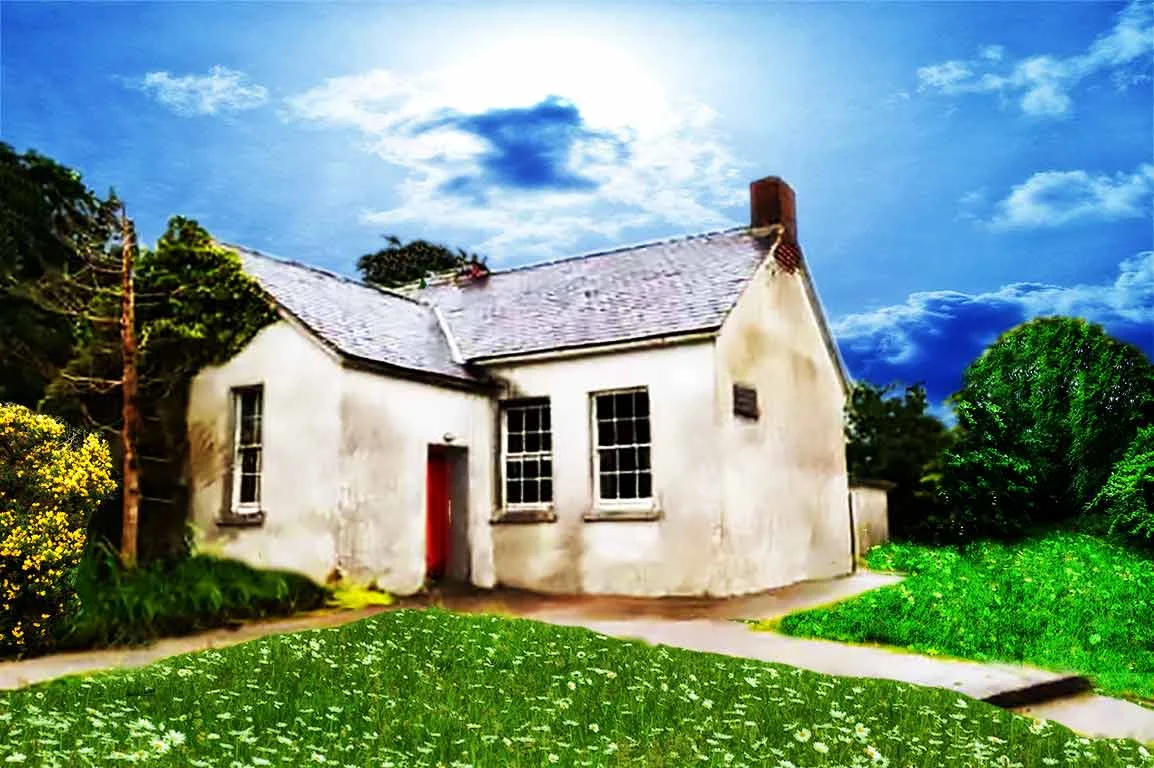





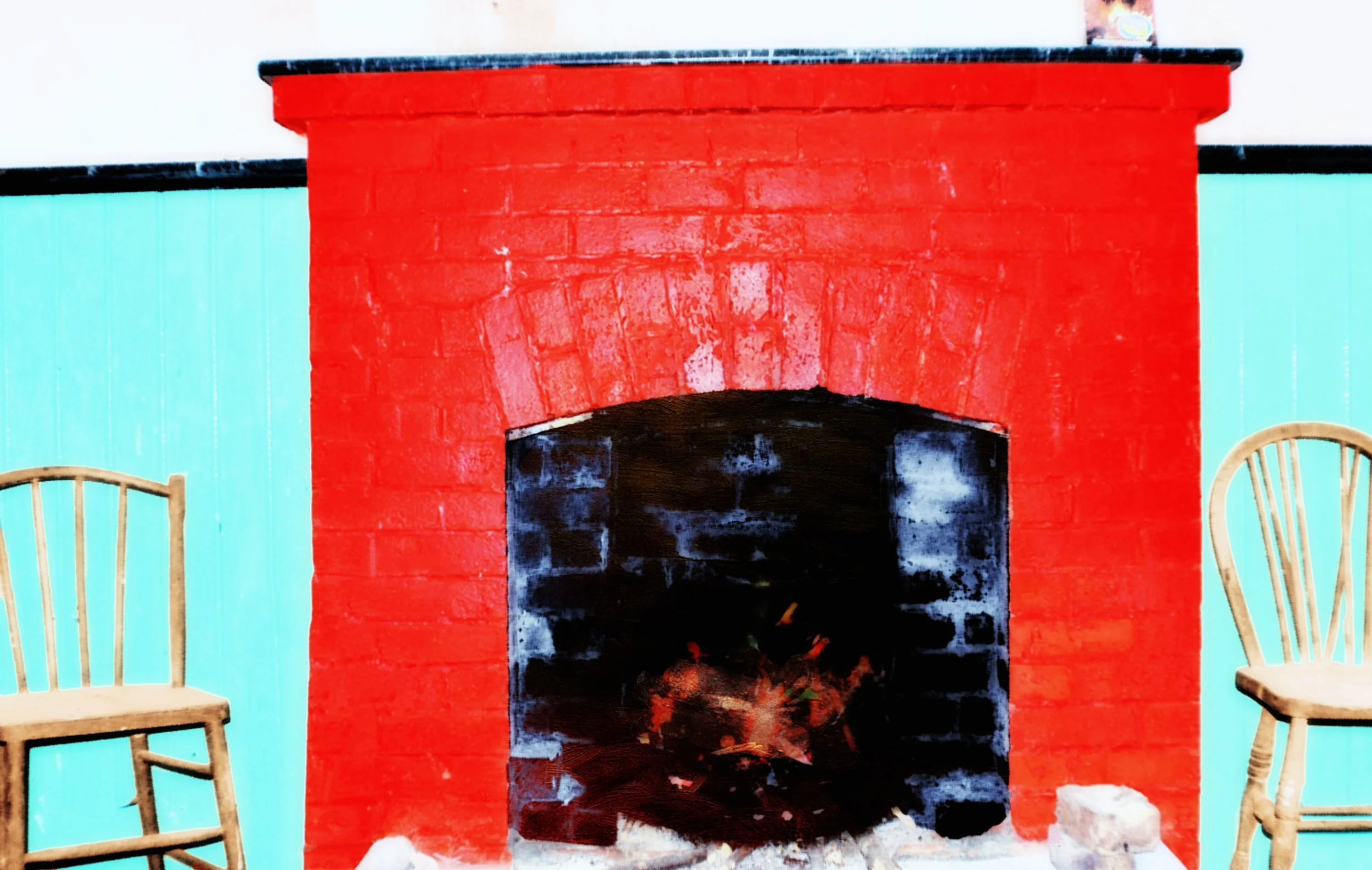



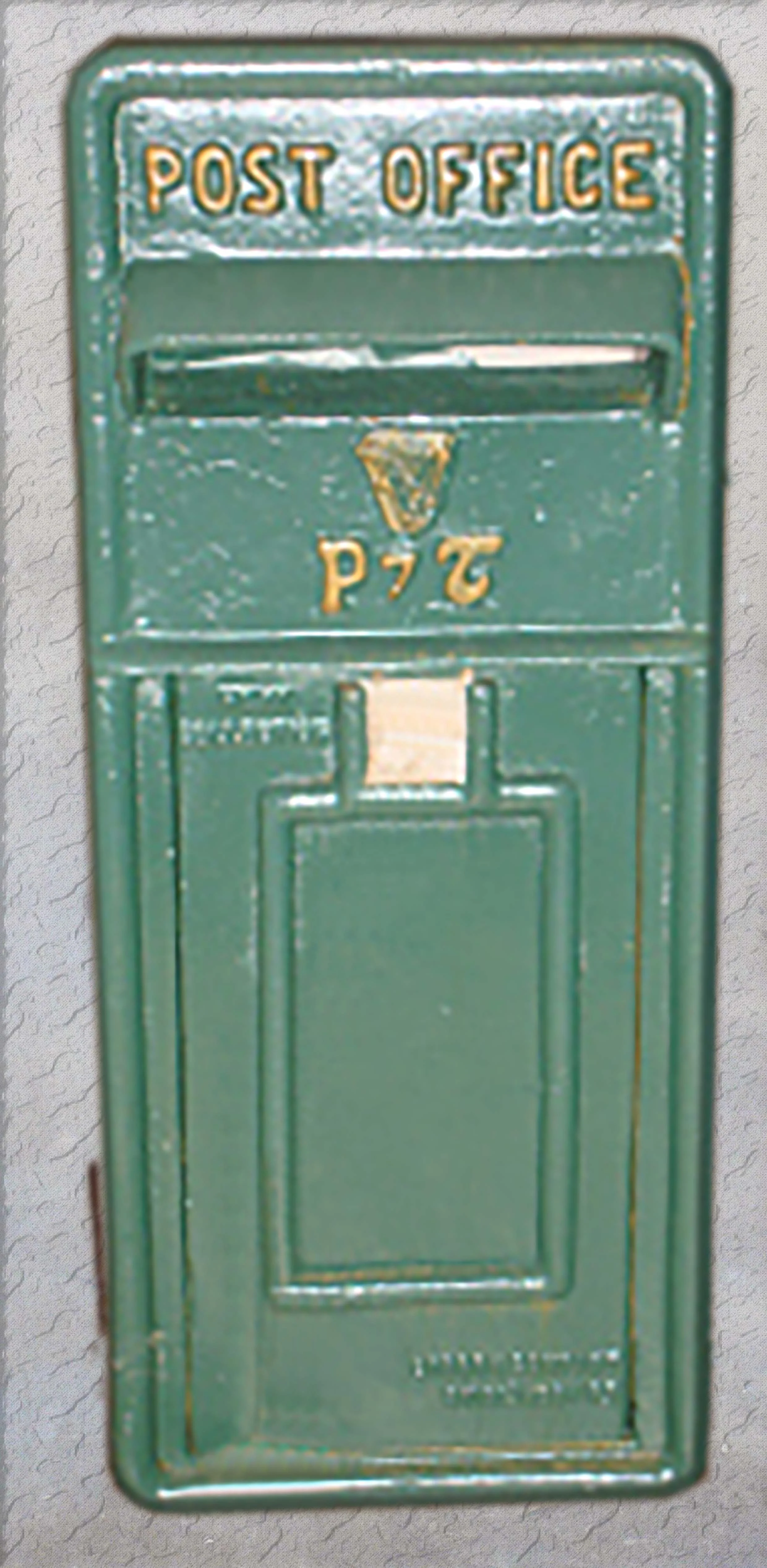

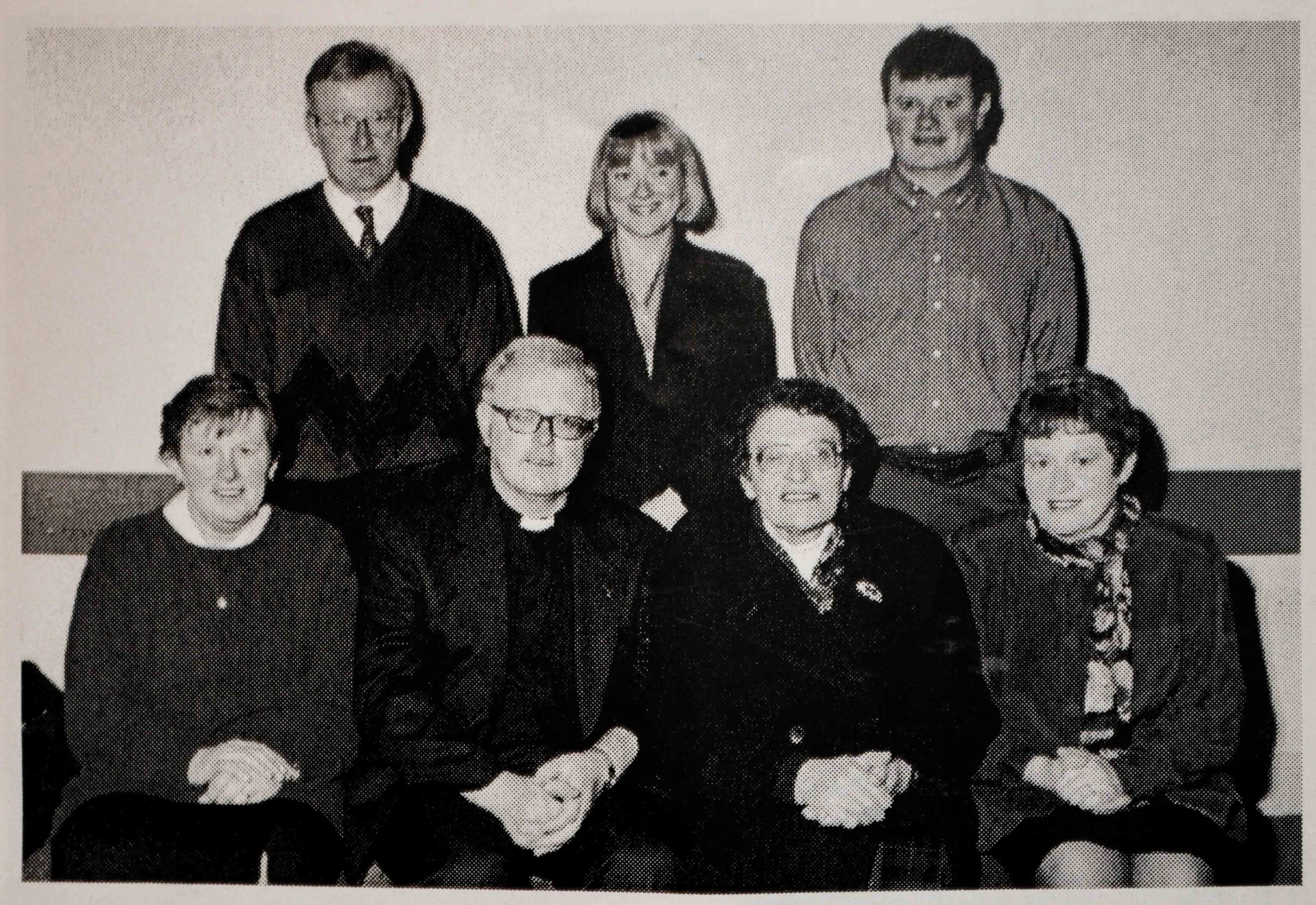
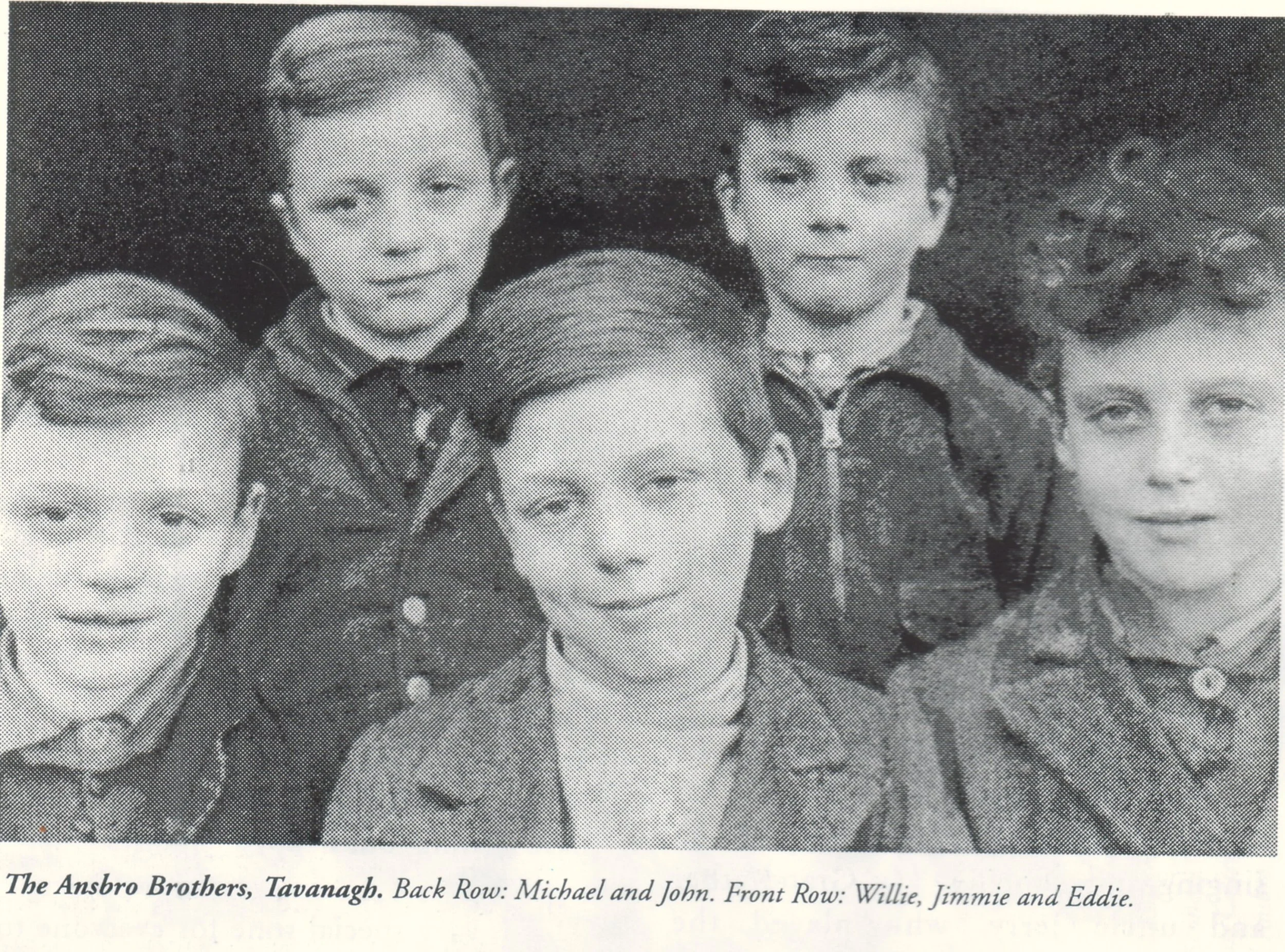









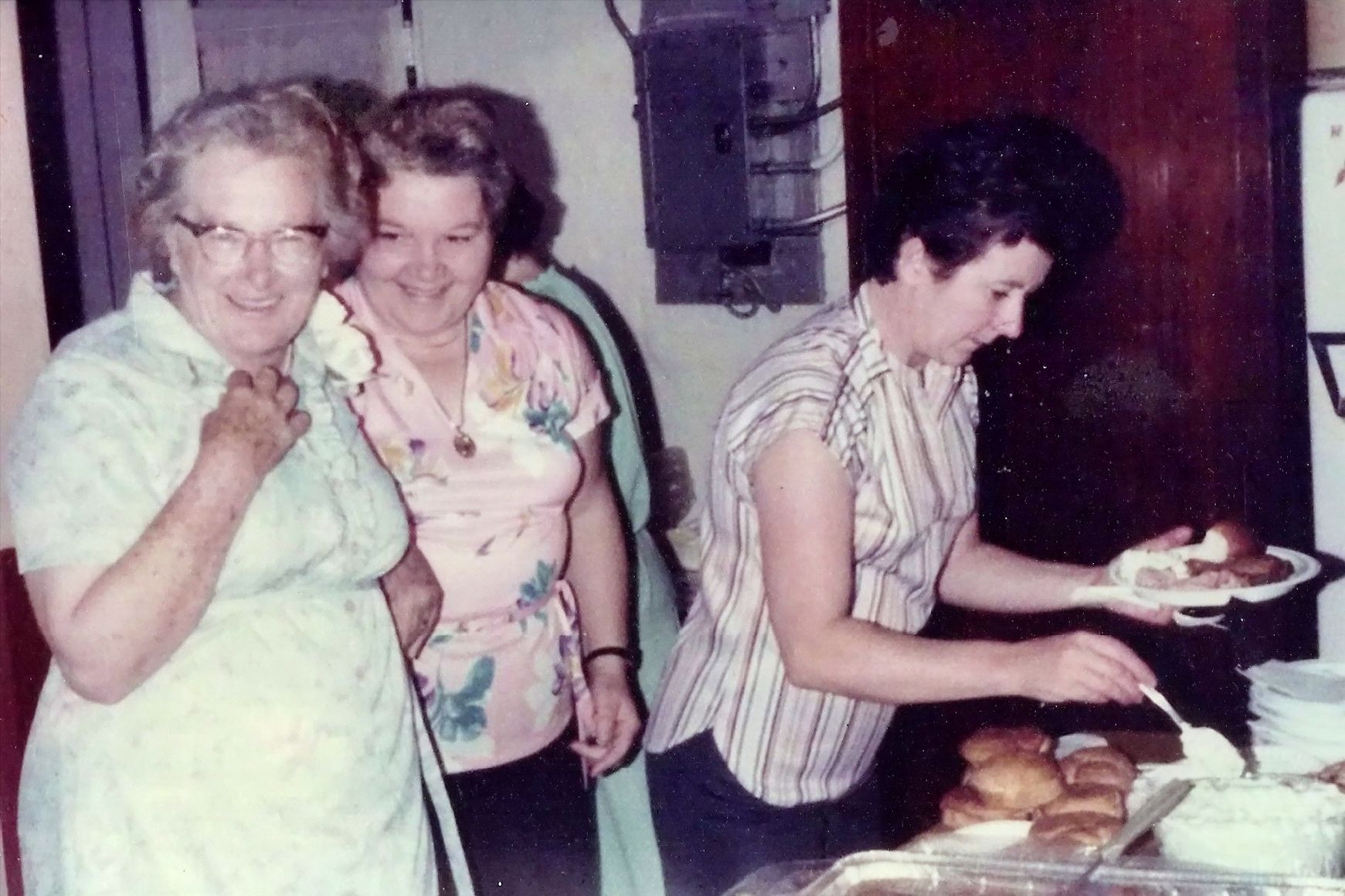


















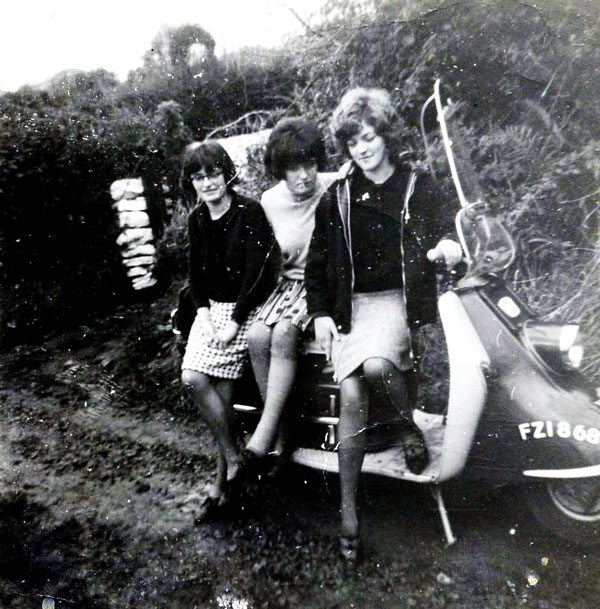

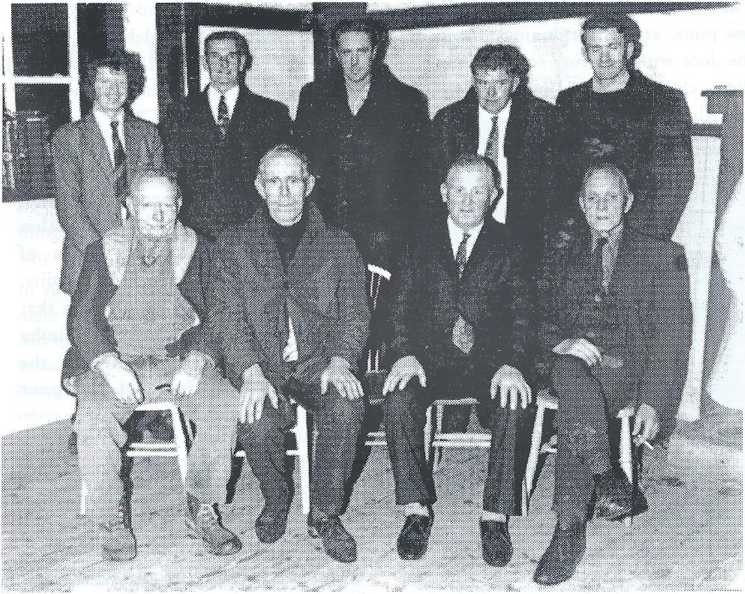



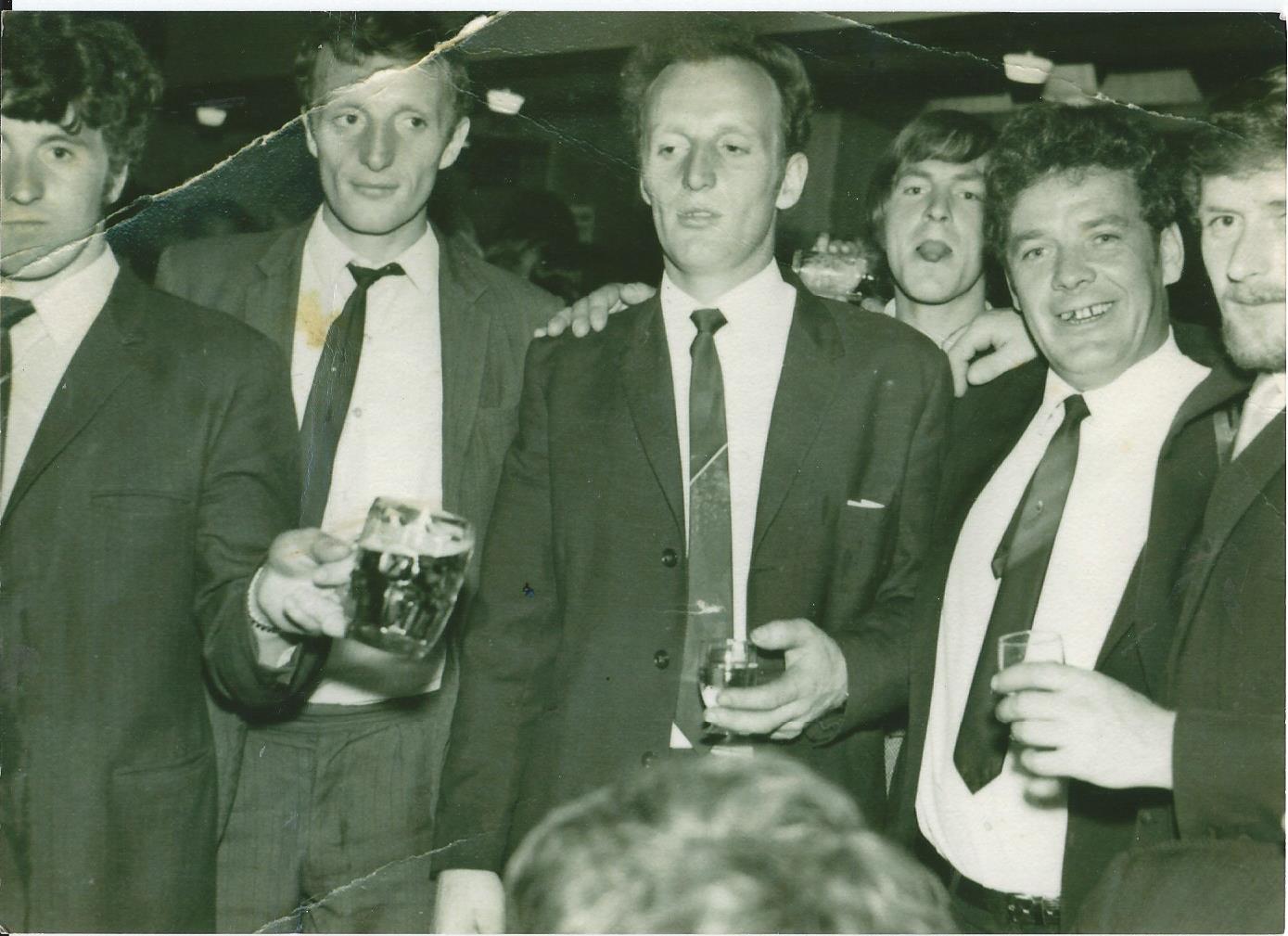
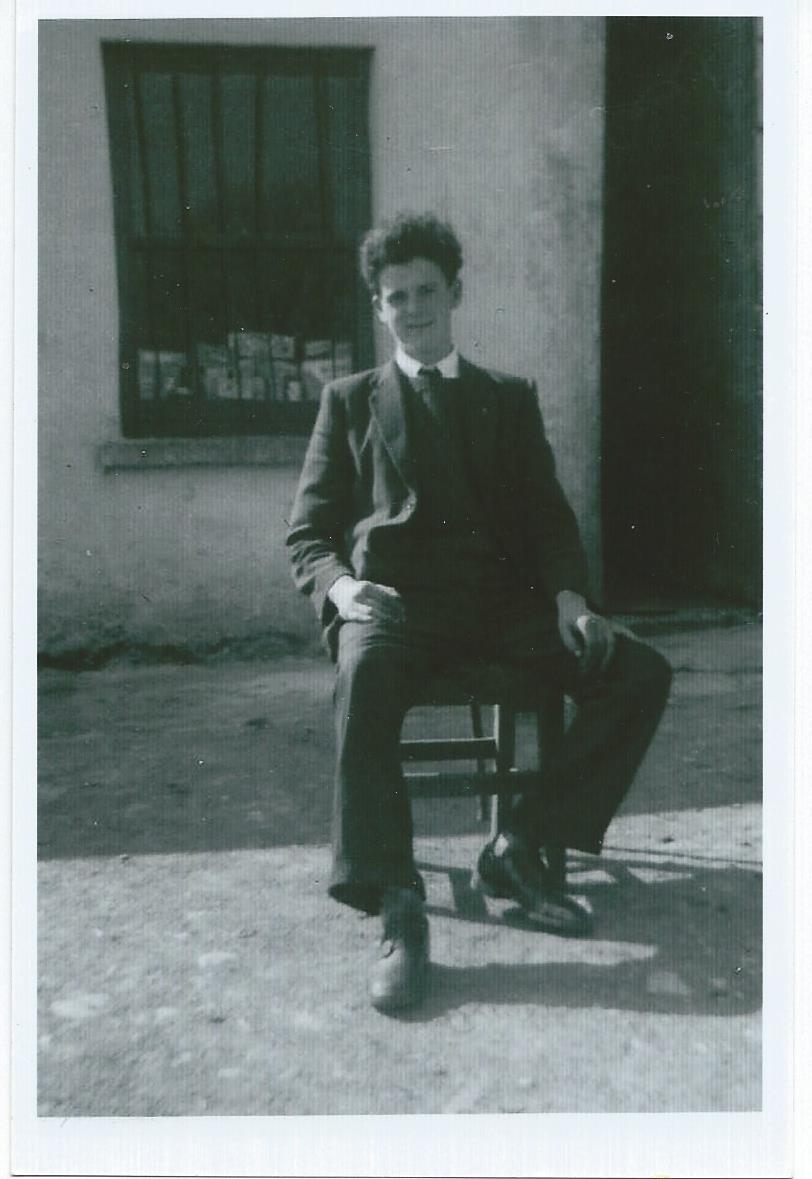



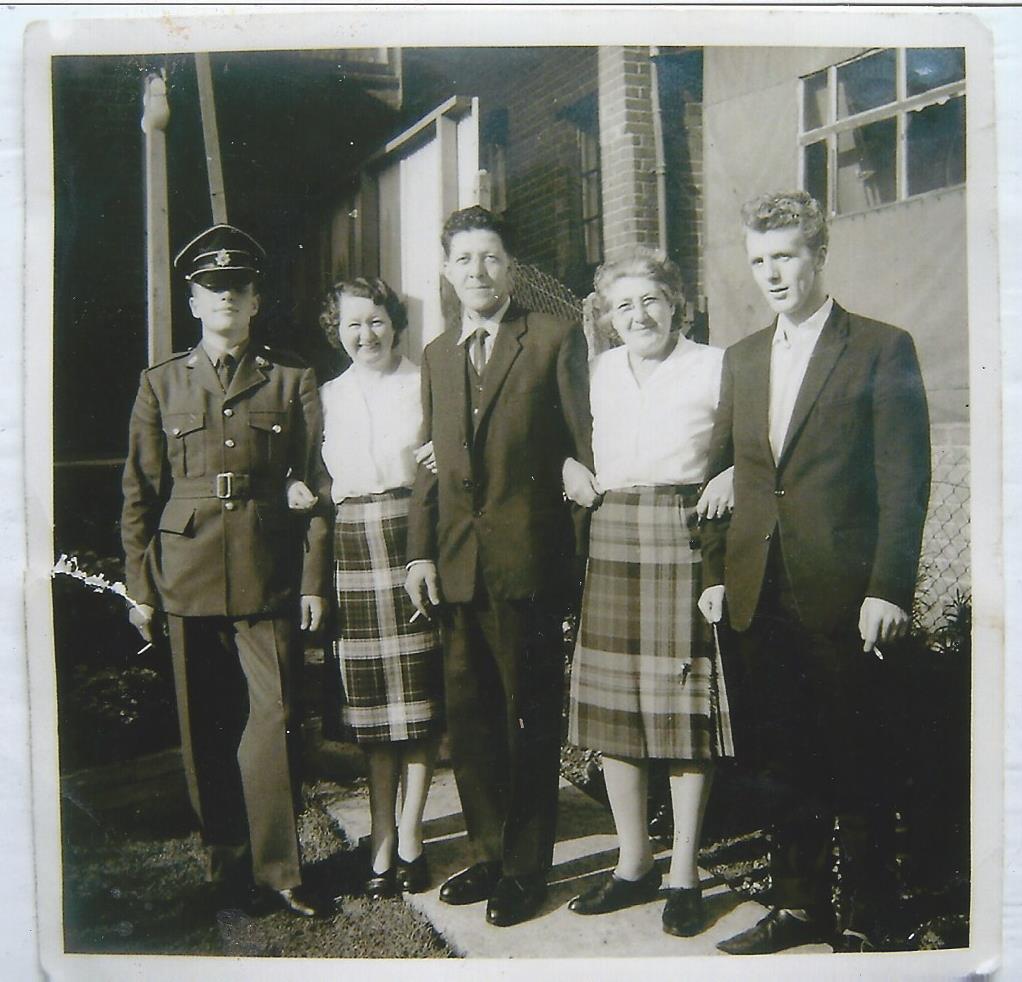





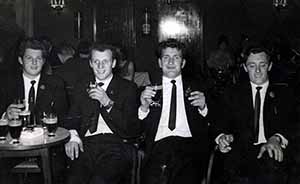


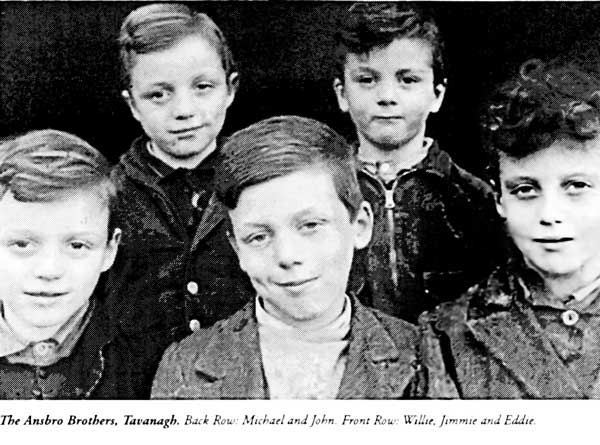
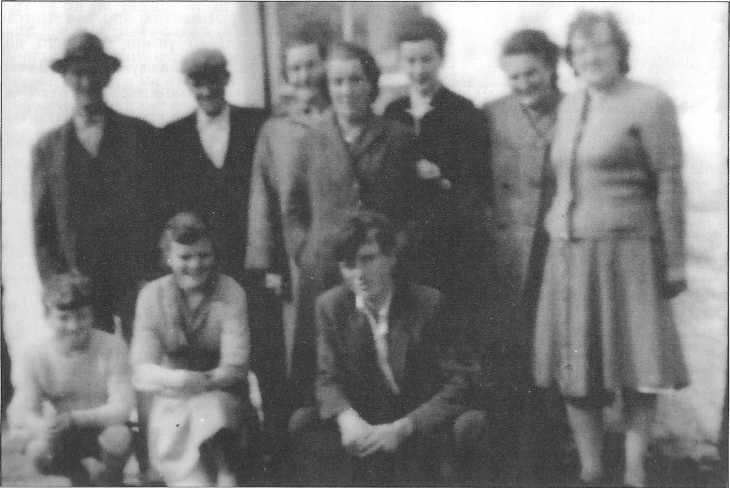


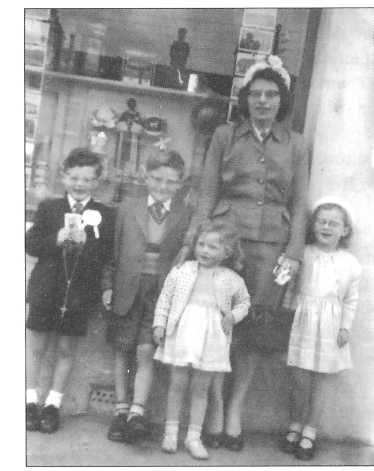
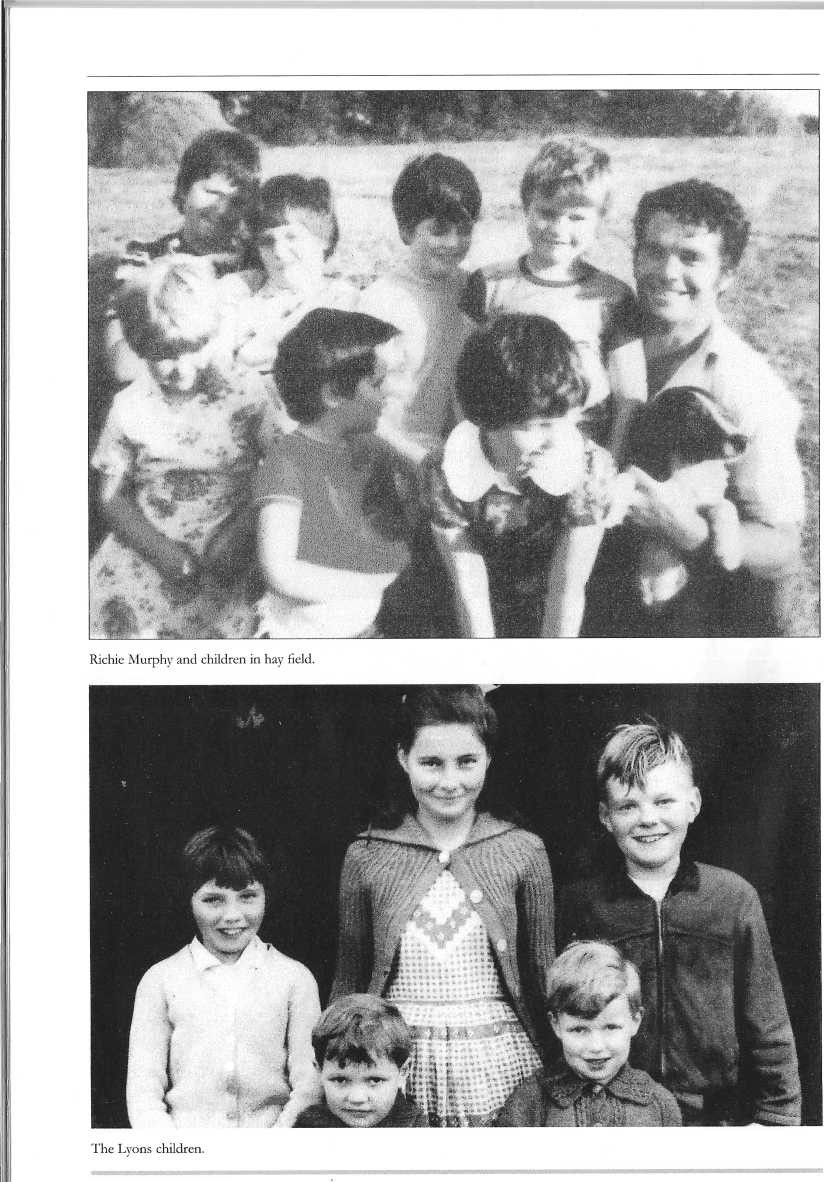
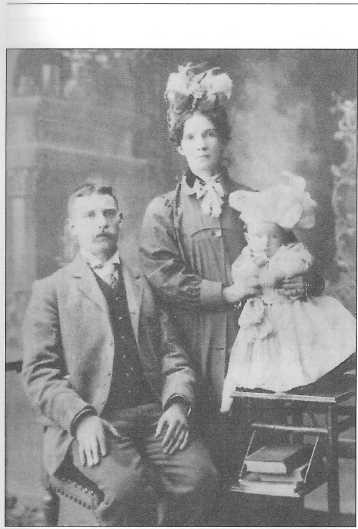






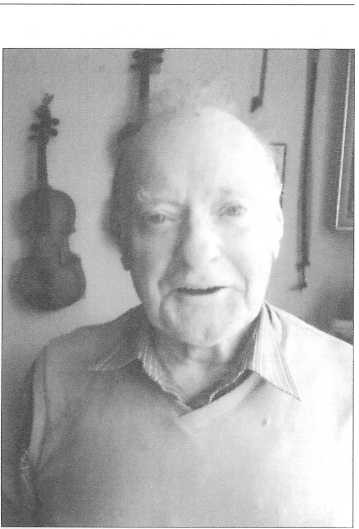












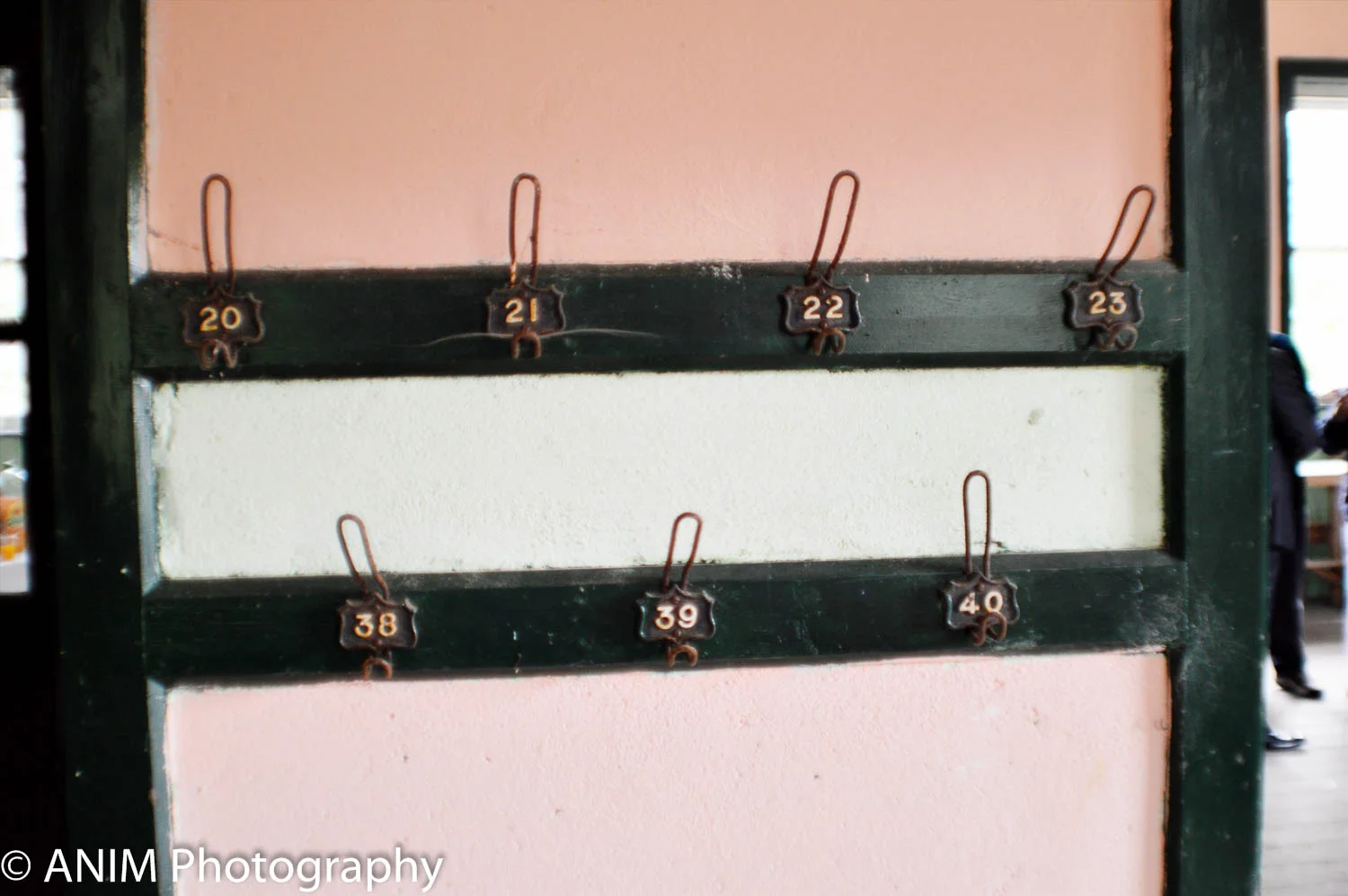
On Easter Sunday morning we first go to Mass. when we come home we have our breakfast. We make a fire, and we make tea and we have sweet-cakes and eggs in a field if the day is fine.